We are delighted to connect with you virtually at the click of a button! We invite you to join us, whenever you are ready, from wherever you are, on myriad creative journeys, where with valued partners in India and in Korea, we explore new pathways and experiences, re-visit the magic of past performances exciting exhibitions or present those newly imagined from creation to reception and distribition on digital platforms. In this edition, through virtual presentations, films and specially commissioned exhibitions, we present evocative journeys and sensory experiences that are moored in local culture but travel the world to resonate with audiences worldwide!
We hope, with this e-digest, to stay meaningfully connected with you, to discover, engage and connect with the unique, local characteristics as well as the shared, global dimensions of the dynamic, ongoing intercultural dialogue between India and Korea.
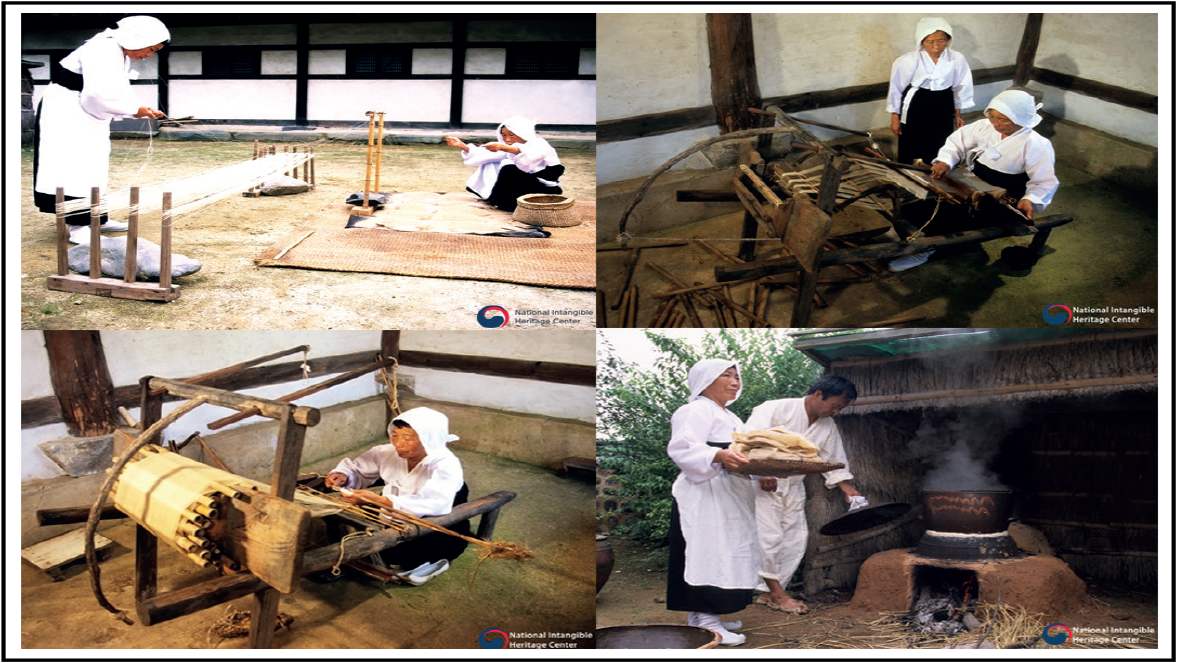
Cultural heritage provides both tangible and intangible representations of the values, beliefs, traditions and lifestyles of prior generations, which through careful preservation, continue to have relevance in contemporary times.
The Cultural Heritage series aims to focus episodically on introducing and celebrating singular aspects of Korea's cultural traditions. In the third episode of this series, we focus on Mosi weaving - the aesthetic beauty, utilitarian value and rigour of traditional methods that define Korean clothing culture.
The versatile ramie plant (Boehmeria nivea) - a flowering nettle native to eastern Asia - has gained popularity in the past decade for its use in bio-plastics used to manufacture hybrid cars. In Korea, ramie has been used since the 9th century to weave mosi cloth, a light-weight, ultra-absorbent textile worn during the summer months. Mosi, or ramie cloth, has been a popular material for Korean clothing for more than 1,500 years. It forms an integral part of the aesthetic that defines Korean clothing culture. Mosi is an exceptionally breathable cloth providing relief during hot summers. The fabric can be so light and finely woven that it has been likened to the ethereal gossamer quality of a dragonfly's wings! The woven cloth gains softness and lustre the more it is worn and washed.
Hansan ramie, a traditional Korean summer cloth representing the national aesthetic, contains significant historical value and has been designated as an important Intangible Cultural Heritage by UNESCO to safeguard the weaving methods and to enhance the visibility of this cultural heritage. Master Bang Yeon-ok is recognized as the master of Hansan ramie weaving and as Korea's Living National Treasure. (Source: www.unesco-ichcap.org)
We present, in association with the National Intangible Heritage Centre, Republic of Korea, a film on Mosi weaving that showcases its singular technique, aesthetic appeal and utilitarian value.
Tune in to https://www.youtube.com/user/InKoCentre on Monday, 18 January 2021 at 6.00 p.m. IST.
Presented in association with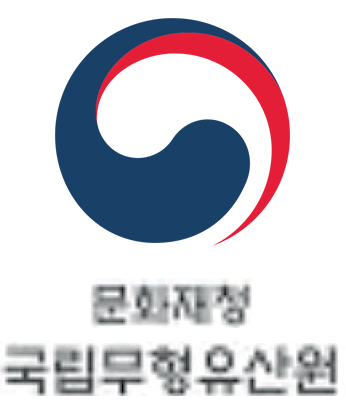
The National Intangible Heritage Center,
Republic of Korea.
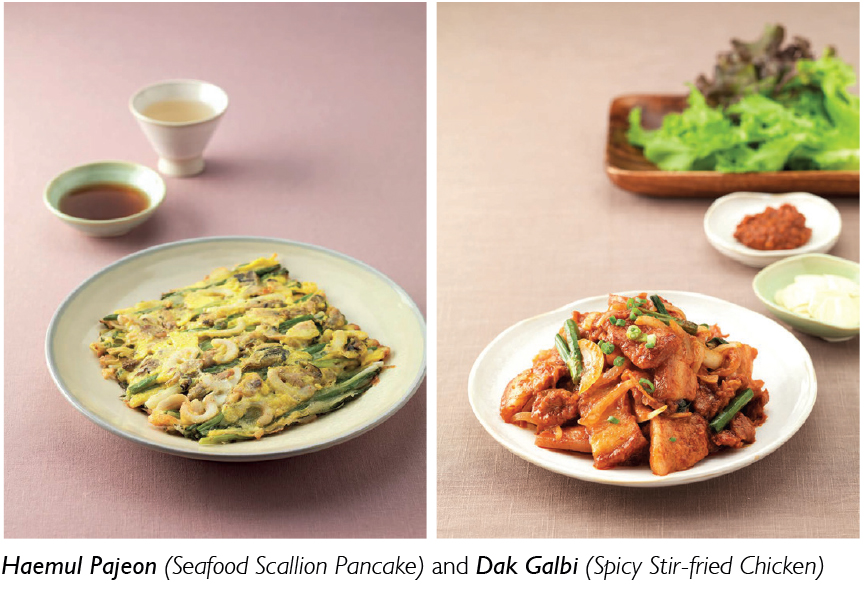
Since ancient times, people in Korea, as indeed in India, have maintained a belief that food and medicine have the same origin and hence perform the same function, following the adage that ‘food is the best medicine’.
With harvests from lush green rice paddies, sun-drenched tangerine orchards, and mountain valley chili pepper farms, Korean food exudes freshness. It delights the senses, invigorates the palate - and invites foodies to explore regional variations.
Korean Cooking for Indian Homes, a booklet prepared by the Korea Toursim Organisation, is intended as a guide for people who may want to try cooking Korean food at home. The recipes included in this book have been slightly modified to suit the Indian palate and availability of ingredients.
All recipes included in this book have been sourced from www.hansik.org – managed by the Korea Food Promotion Institute, a public institution established with the purpose of promoting and globalizing the traditions of Korean food.
In an episodic series we introduce 10 recipes that could easily be prepared in Indian homes. In Episode 2, we introduce Haemul Pajeon (Seafood Scallion Pancake) and Dak Galbi (Spicy Stir-fried Chicken). Along with the recipe, cooking instructions and useful tips, we are delighted to share a video link of a collaboration initiated by the Korea Tourism Organisation with an influencer Indian chef, promoting the recipes highlighted in the booklet.
For Episode 2 in our Korean culinary series - Korean Cooking for Indian Homes, tune in to https://www.youtube.com/user/InKoCentre on Friday, 22 January 2021 at 6.00 p.m. IST.
Presented in association with Korea Tourism Organization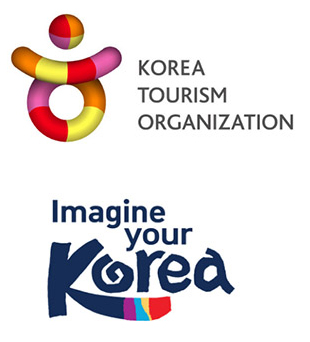
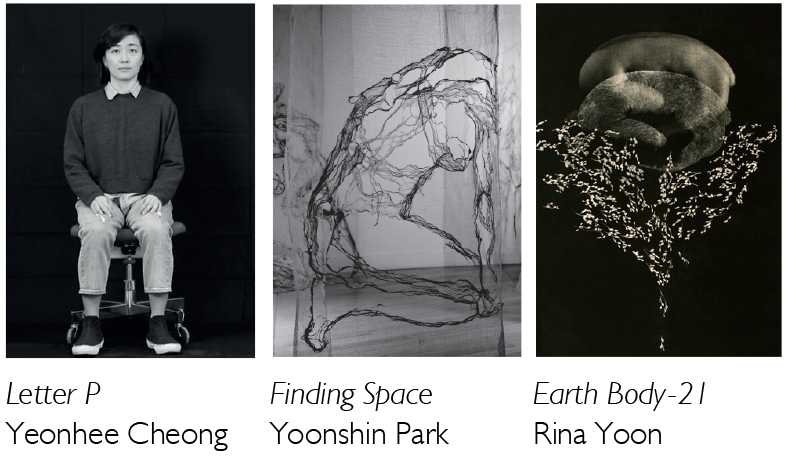
While physical doors of gallery spaces may remain closed, virtual doors have opened. A Porous Membrane, a specially commissioned virtual exhibition, examines the body in time and space, a very relevant preoccupation especially in these challenging times with the pandemic raising all kinds of questions regarding physicality, boundaries and the concept of what we define as ‘normal’.
We are all so aware of our bodies in light of the pandemic—the body’s vulnerability, safety, and sociality are at the forefront of every waking moment. How far and in what way will we protect this fragile home of our soul? What can we learn from our body’s transience, and what can we learn from its resilience? What will we learn from this time? These are the questions that lingered in the curator Nirmal Raja’s mind as she investigated and included the work of three Korean American artists for this exhibition. Yeonhee Cheong, Yoonshin Park, and Rina Yoon have frequently explored the body as subject throughout their art careers. All three artists make work in the interstices of their immigrant identities, culture, nature, and materiality. These artists initiate discussions upon these powerfully prevalent issues using many materials including hanji, the fragile yet tough traditional Korean paper. Comprising a virtual walkthrough, interviews with the artists, an essay by the curator and a comprehensive catalogue of relevant artworks, the exhibition invites you on a journey of introspection, during an unprecedented year and what lessons we might learn for the future.
Featuring artworks by: Yeonhee Cheong, Madison, Wisconsin-based visual artist and educator. Yoonshin Park, Chicago-based multimedia artist, curator and educator. Rina Yoon, visual artist and Professor of Fine Art at the Milwaukee Institute of Art and Design in Wisconsin.
Curated by: Nirmal Raja, interdisciplinary artist and curator living and working in Milwaukee, Wisconsin.
Videography: Michel Cros
3D Mapping: Josh Hintz
Tune in to: www.inkocentre.org/Virtual_Connect_Infotainment.html on Friday, 29 January 2021 at 6.00 p.m. IST. at Prism- InKo Centre’s virtual gallery.